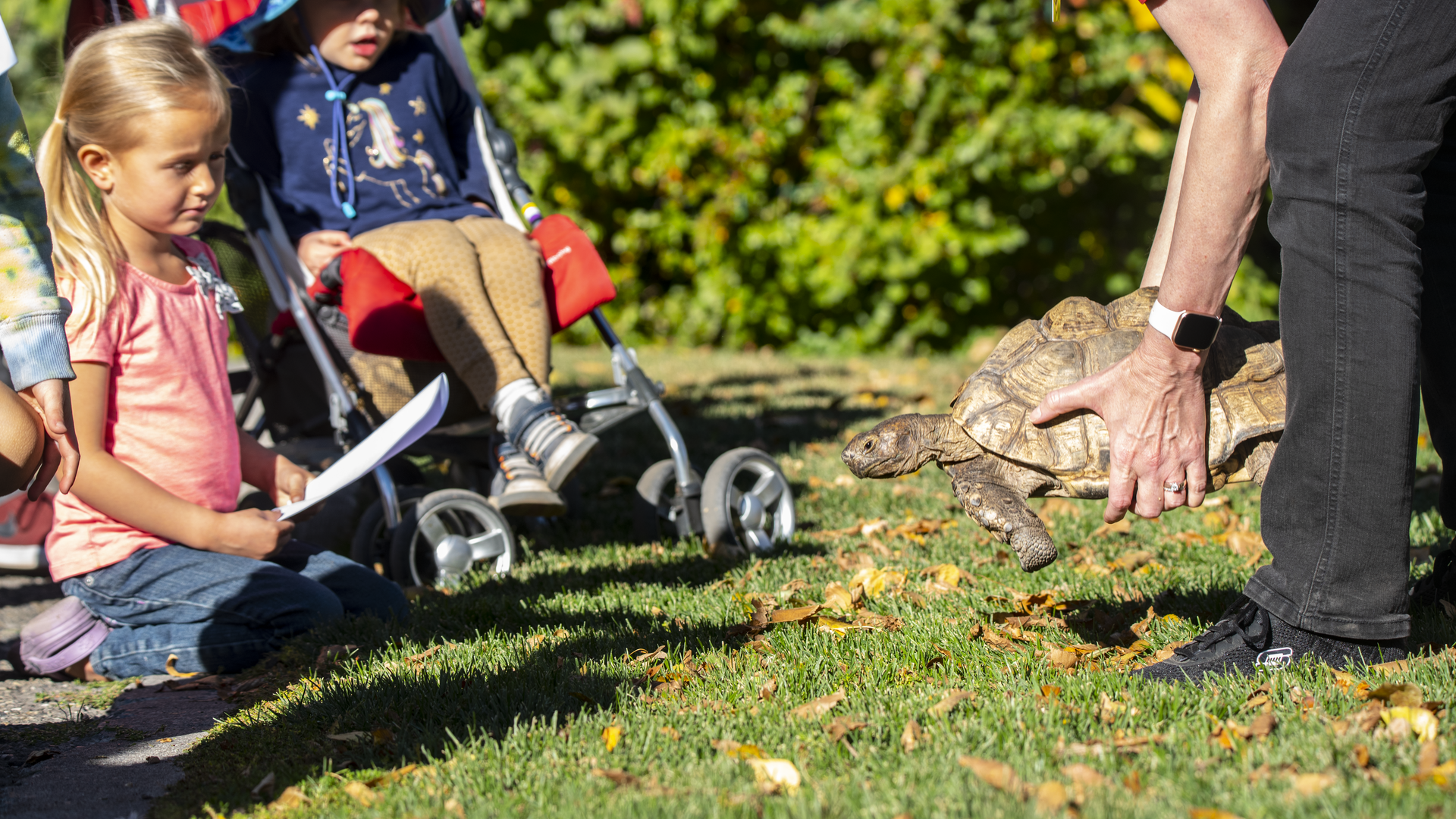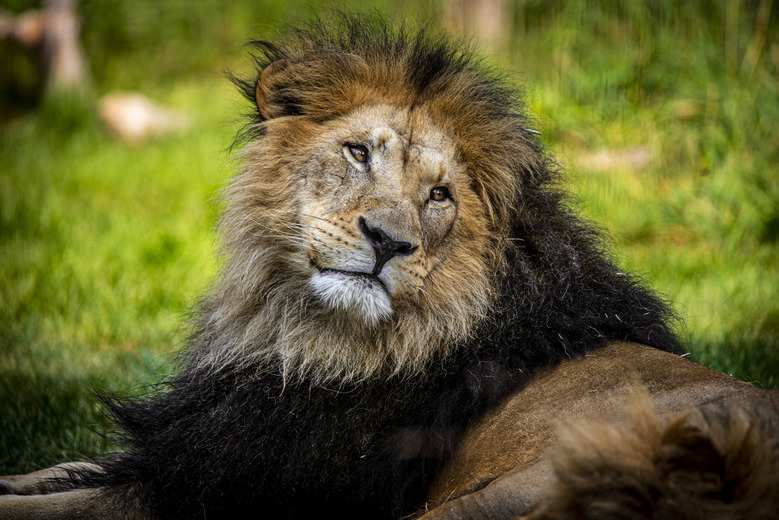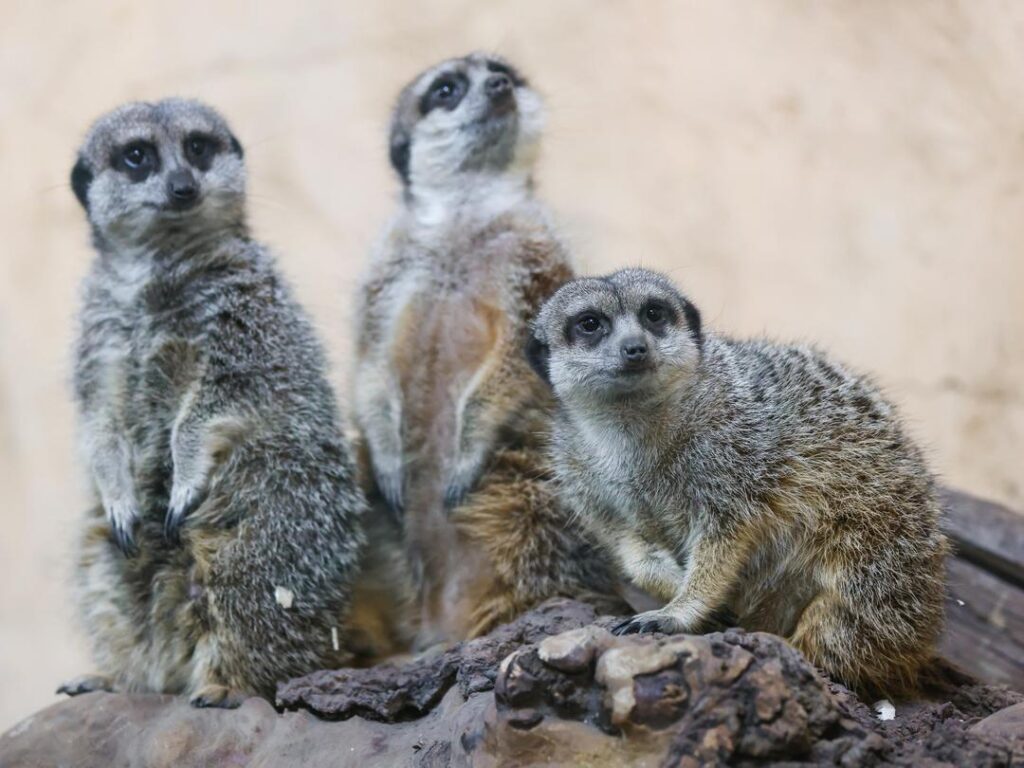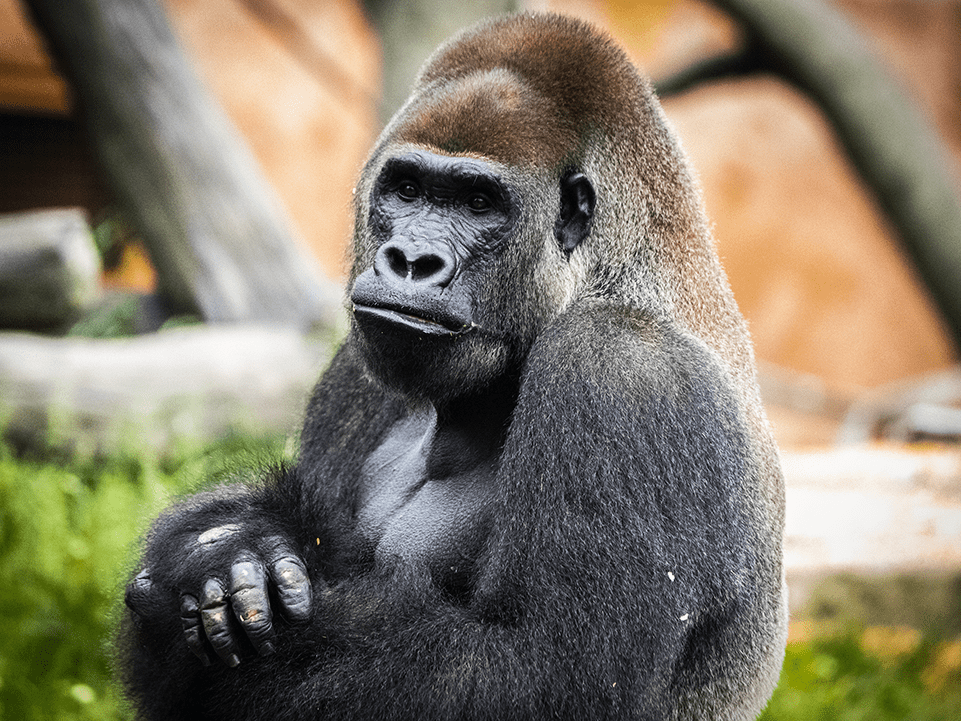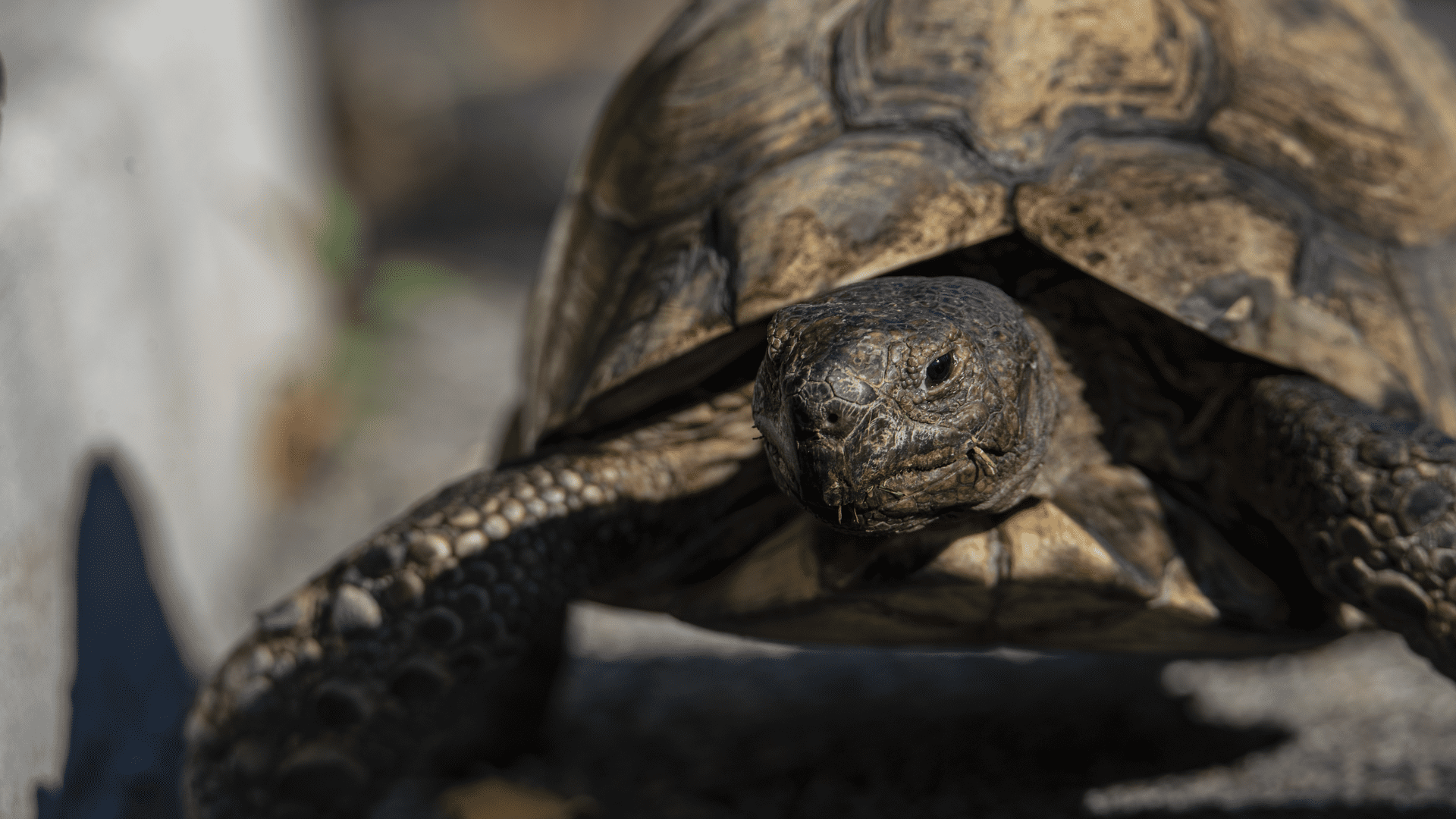
Leopard Tortoises
One of Africa’s most common tortoise species
Leopard tortoises owe their name to the spotted pattern on their shells, which helps them to blend into their savannah home. To get enough water in their dry homeland, leopard tortoises eat succulents. This species is crepuscular, meaning that it is active at dawn and dusk to avoid the heat of the sun during the day.
- IUCN Red List Status: Least Concern (at relatively low risk of extinction)
- Type: Reptile
- Habitat: Savannah areas in sub-Saharan Africa
- Diet: Herbivore – grasses, succulents, and leaves
- Size: 40 to 50 centimetres long
- Weight: 18 kilograms
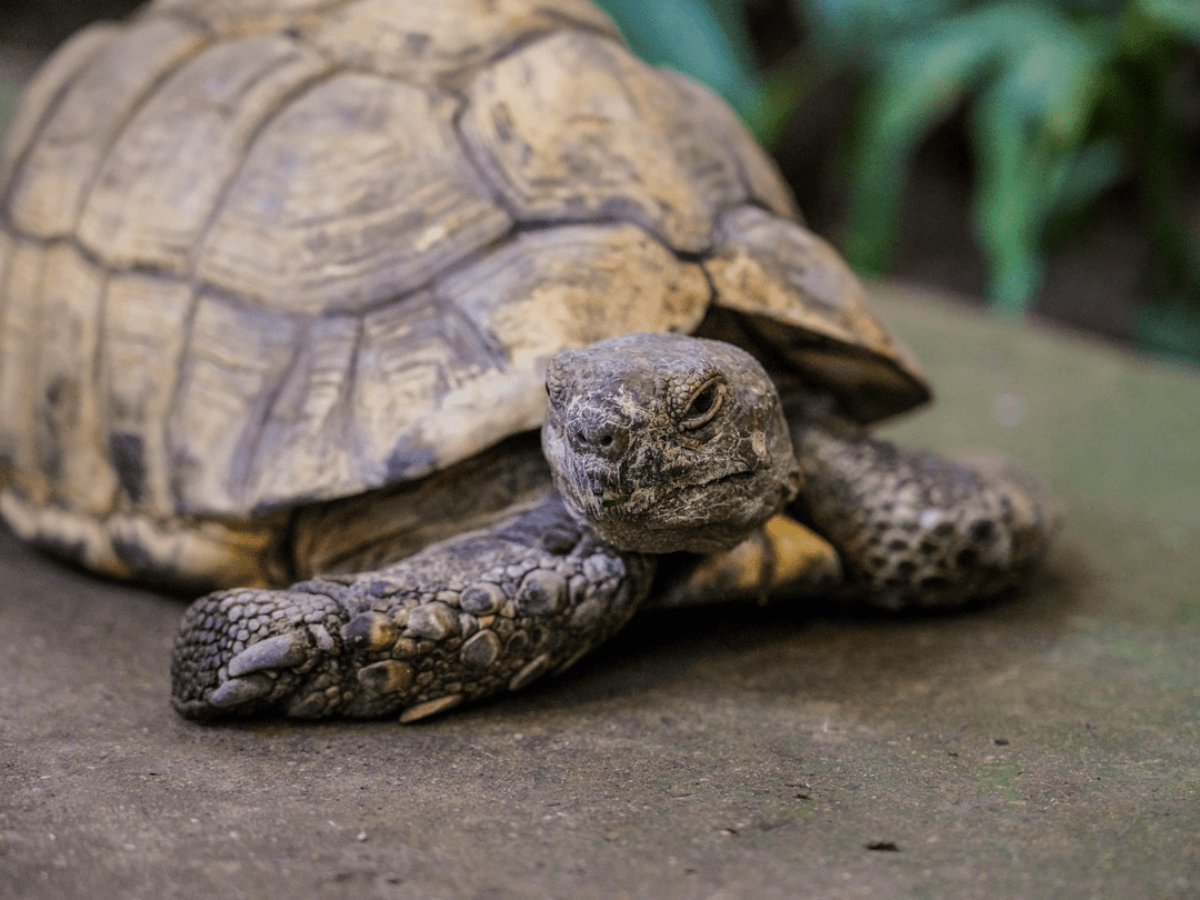
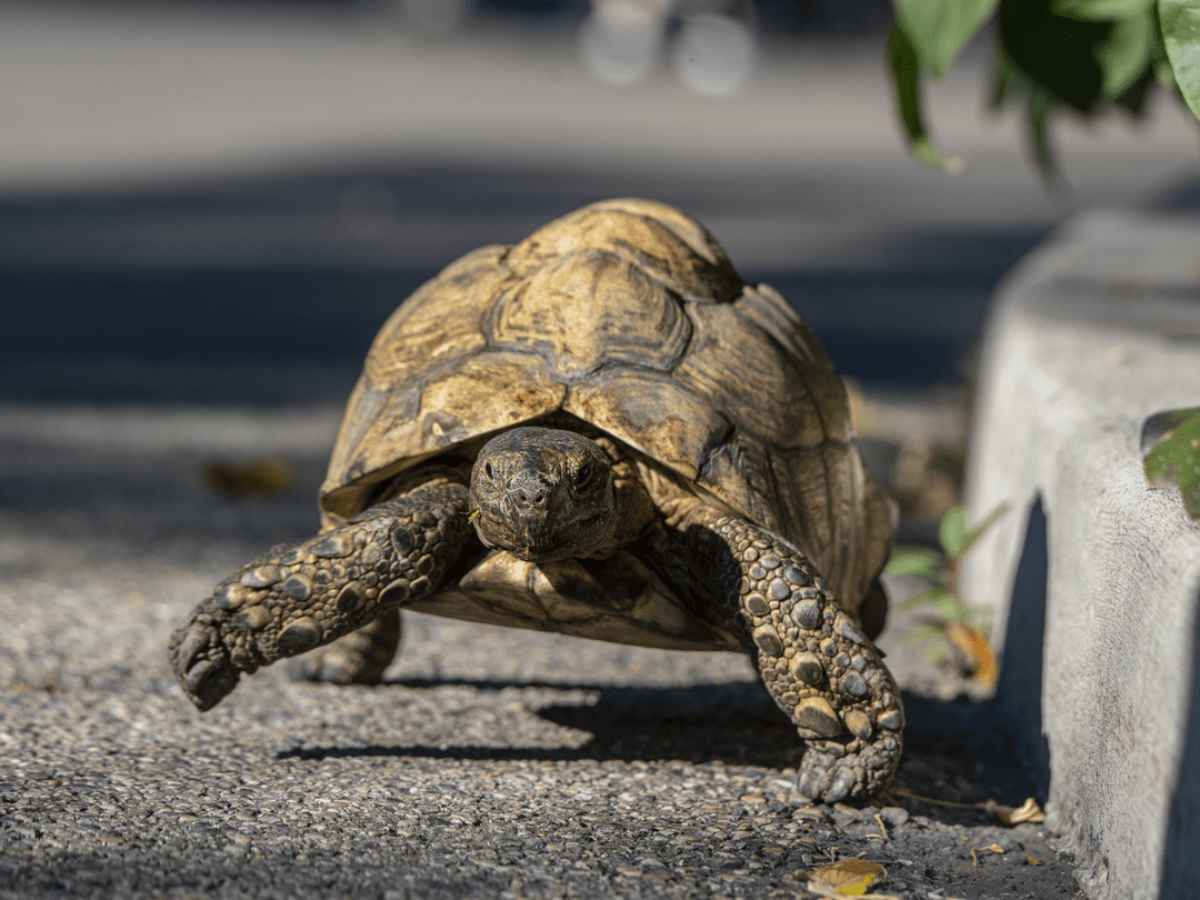
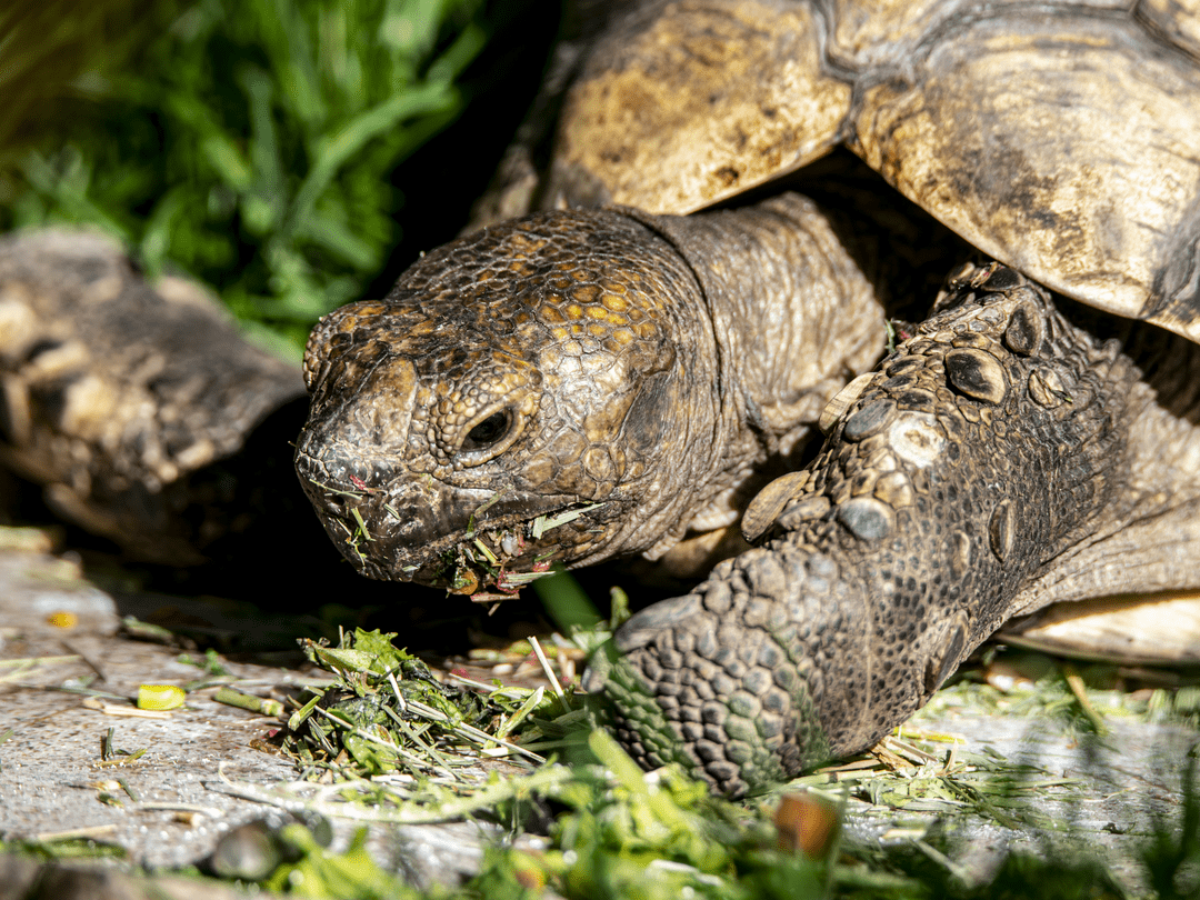
facts about our animals
Fun Facts about Leopard Tortoises
Since they have no teeth, leopard tortoises use their beaks to rip up vegetation for eating.
This species does not dig holes to make a nest, but rather takes over abandoned burrows.
As a leopard tortoise ages, the markings on its carapace fade from black to brown or grey.
They have a sharp sense of smell.
This is the fourth largest tortoise species in the world.
Leopard tortoises store water in large anal sacs, which occupy much of their abdominal cavity.
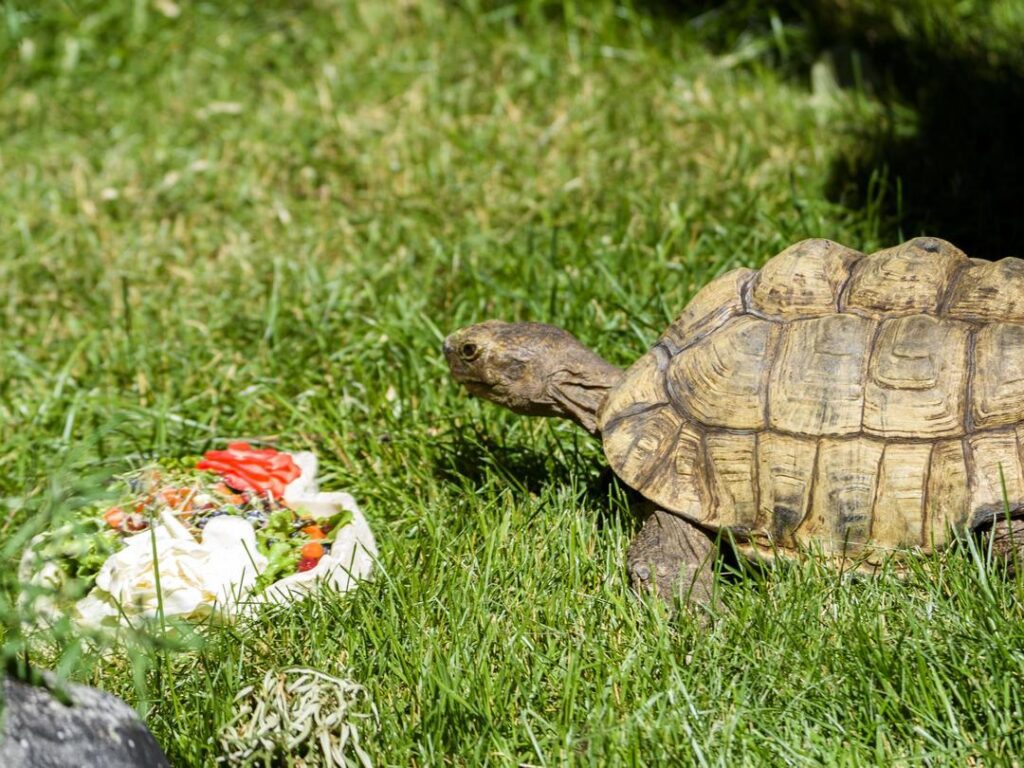
Donate
How you can help
Your donation makes a world of difference. With support for animal care, conservation programs, and education, you’re making the world wilder.
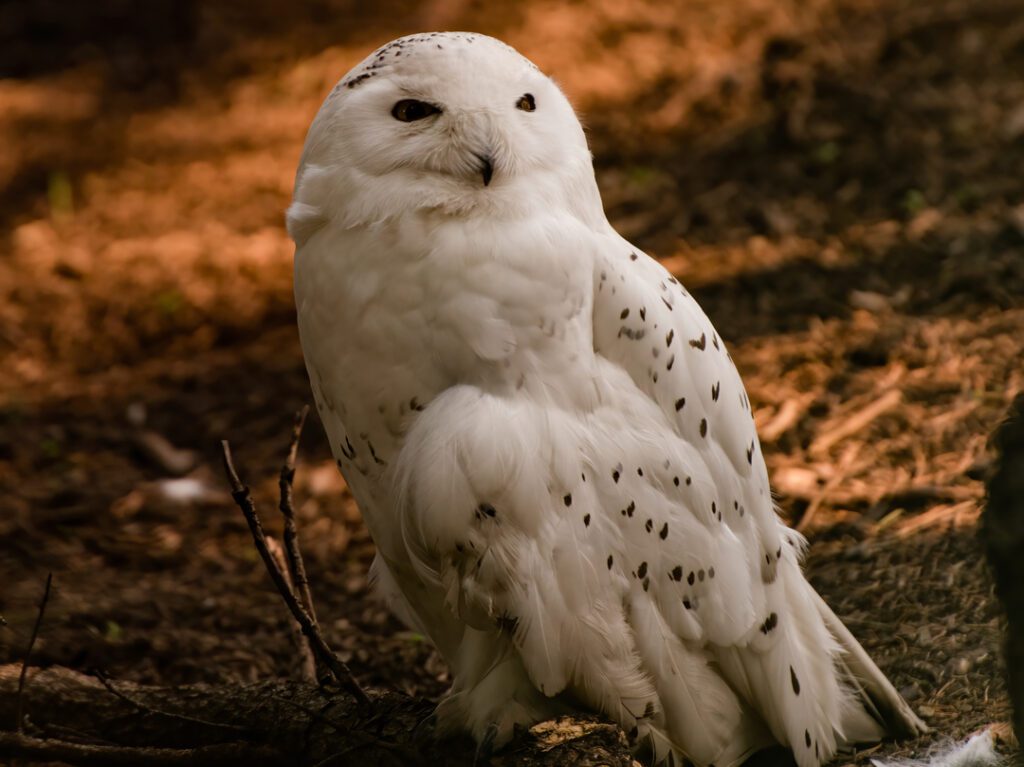
Plan Your Visit
Get close to wildlife
It’s time to make some memories. Here’s everything you need to know to plan an unforgettable day at the zoo.

